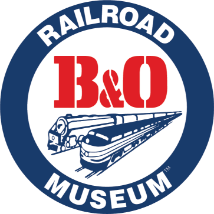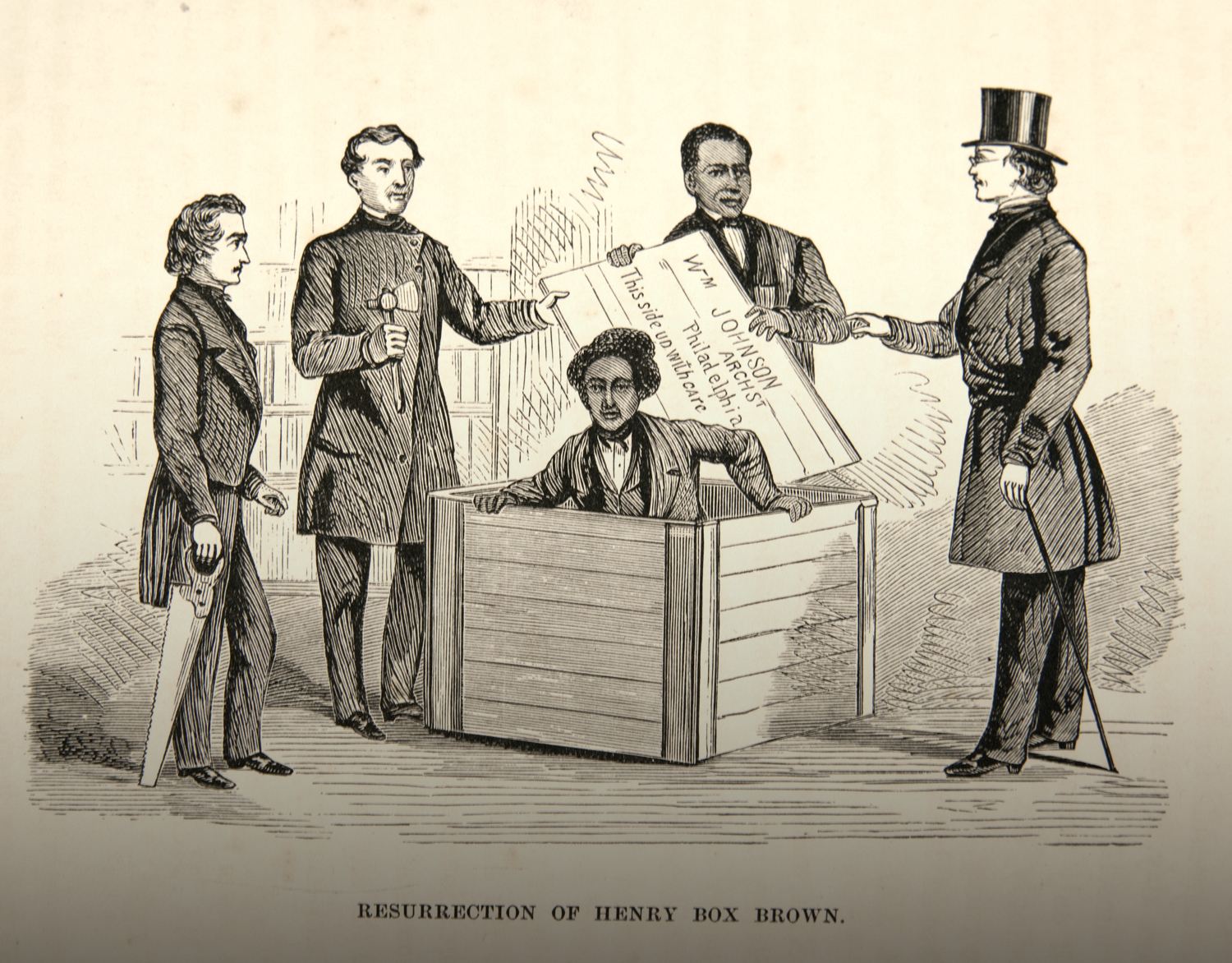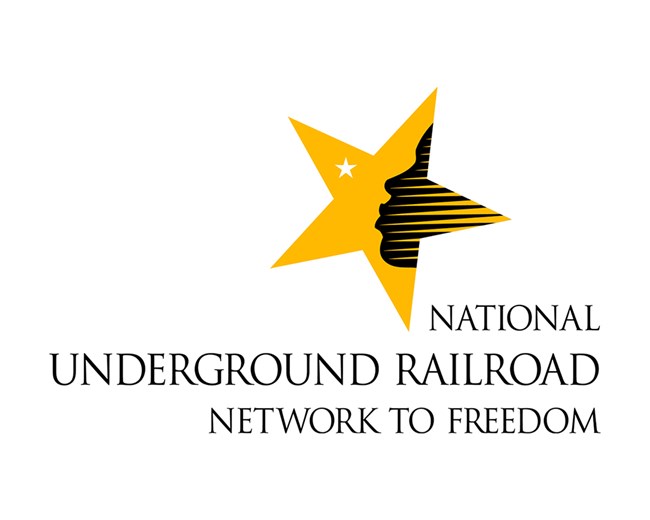Description
The Underground Railroad was an American network of abolitionists who aided and sheltered enslaved people seeking freedom prior to the end of the Civil War and Emancipation in 1863. During this period, a new technology was born that quickly revolutionized transportation and communication around the world – the railroad. The Baltimore and Ohio (B&O) Railroad, the first commercial railroad in the United States, was chartered in Baltimore in 1827. By the 1840s, several important city-to-city rail links became operational. The B&O Railroad started in Maryland, between the American North and South, providing a vital link between Washington, DC, and Baltimore, two critical cities to the Underground Railroad route to Pennsylvania – a key destination where slavery was outlawed in the North.
The location of the B&O Railroad proved beneficial to some freedom seekers traveling via the Underground Railroad heading north. While most freedom seekers did not travel by rail, some did. Whether by passenger car, freight, or following the tracks as a landmark, freedom seekers interacted with the B&O Railroad in numerous ways. As the only rail link between DC and Baltimore at this time, any freedom seeker that interacted with the railroad between these two cities would have traveled through the Mt. Clare site – this is the museum’s historic grounds. The B&O Railroad’s Mt. Clare Station, the oldest building on the museum’s campus, is a pre-Civil War passenger station. Any freedom seeker entering Baltimore by rail would have passed through the station or the tracks directly in front of the building. Today, the building is listed as a National Historic Landmark and a National Underground Railroad Network to Freedom Site.
The advent of the B&O Railroad itself inspired various aspects of the Underground Railroad, as well. While not an actual railroad, those in the Underground Railroad network did conceive of it as a metaphor of the railroad, a network of stations and routes that formed an informal transportation network. Freedom seekers and agents of the Underground Railroad used coded language to convey messages to each other. This coded language was inspired by railroad terminology, using words like “conductor” or “station” to describe Underground Railroad agents and safe havens. The railroad revolutionized society in profound ways. As a new technology growing at a rapid pace, it would have been easy to conceal coded railroad terminology in plain site without drawing too much attention.
Notable freedom seekers such as Henry “Box” Brown, who shipped himself in a small wooden box by freight, as well as Ellen and William Craft, while Ellen was disguised as white man, passed through the B&O Railroad Museum’s historic site.
Research is ongoing as the museum continues to rediscover the stories of freedom seekers whose journeys through Maryland intersected with the B&O Railroad. Below is a current list of all of the freedom seekers known to the museum that used the B&O Railroad:
Freedom Seekers that passed through the museum’s site and Mt Clare Station:
1. Unnamed Woman Aided in Washington, DC – September 4, 1836
2. Ellen Craft – December 21, 1848
3. William Craft – December 21, 1848
4. Henry “Box” Brown – March 29, 1849
5. Solomon Northup – January 4, 1853*
6. Jane Johnson – July 1855
7. Son of Jane Johnson – July 1855
8. Son of Jane Johnson – July 1855
9. Unnamed Woman Mailed in Box – winter of 1857
Freedom Seekers who used the B&O Railroad elsewhere:
10. Stephen Amos (alias Henry Johnson) – May 12, 1854
11. Hariet Amos (alias Mary Jane Johnson) – May 12, 1854
12. Ann Rebecca Amos – May 12, 1854
13. William H. Amos – May 12, 1854
14. Elizabeth Amos – May 12, 1854
15. Mary Ellen Amos – May 12, 1854
16. Barnaby Grigby (alias John Boyer), Hood’s Mill near Frederick – December 25, 1855
17. Mary Elizabeth Grigby, Hood’s Mill near Frederick – December 25, 1855
18. Frank Wanzer (alias Robert Scott), Hood’s Mill near Frederick – December 25, 1855
19. Emily Foster (alias Ann Wood), Hood’s Mill near Frederick – December 25, 1855
20. Unnamed man 1 – Hood’s Mill near Frederick – December 25, 1855
21. Unnamed man 2 – Hood’s Mill near Frederick – December 25, 1855
22. Charlotte Giles – May 25, 1856
23. Harriet Eglin – May 25, 1856
24. “Old” Joe Nick, Ellicott City – circa. 1864
25. Isaac Williams – December 1, 1854
26. Kit Nichols – December 1, 1854
27. Henry Banks – December 1, 1854
* Northup is an example of “the reverse Underground Railroad.” He was tricked into traveling to Washington, D.C., where he was kidnapped into slavery, and rode the B&O from Mt. Clare Station along the way.
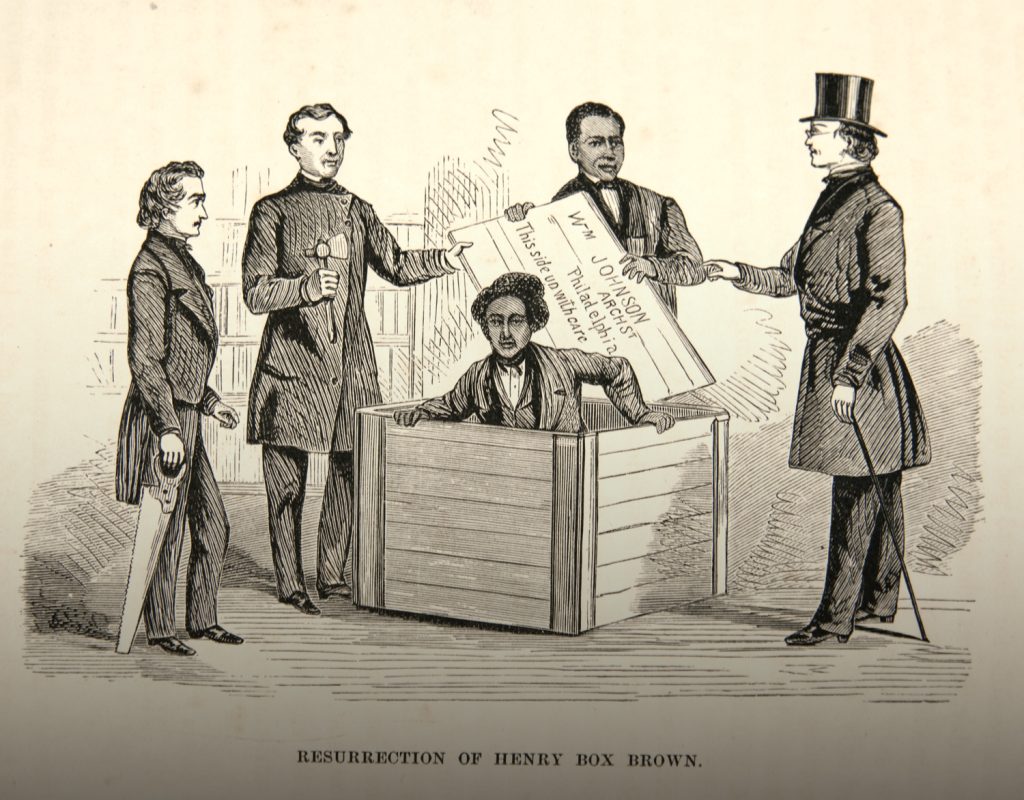
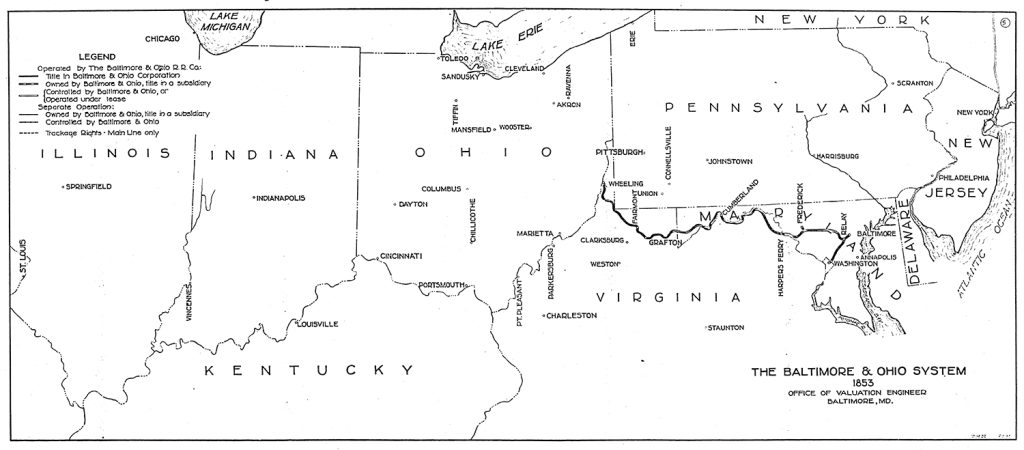
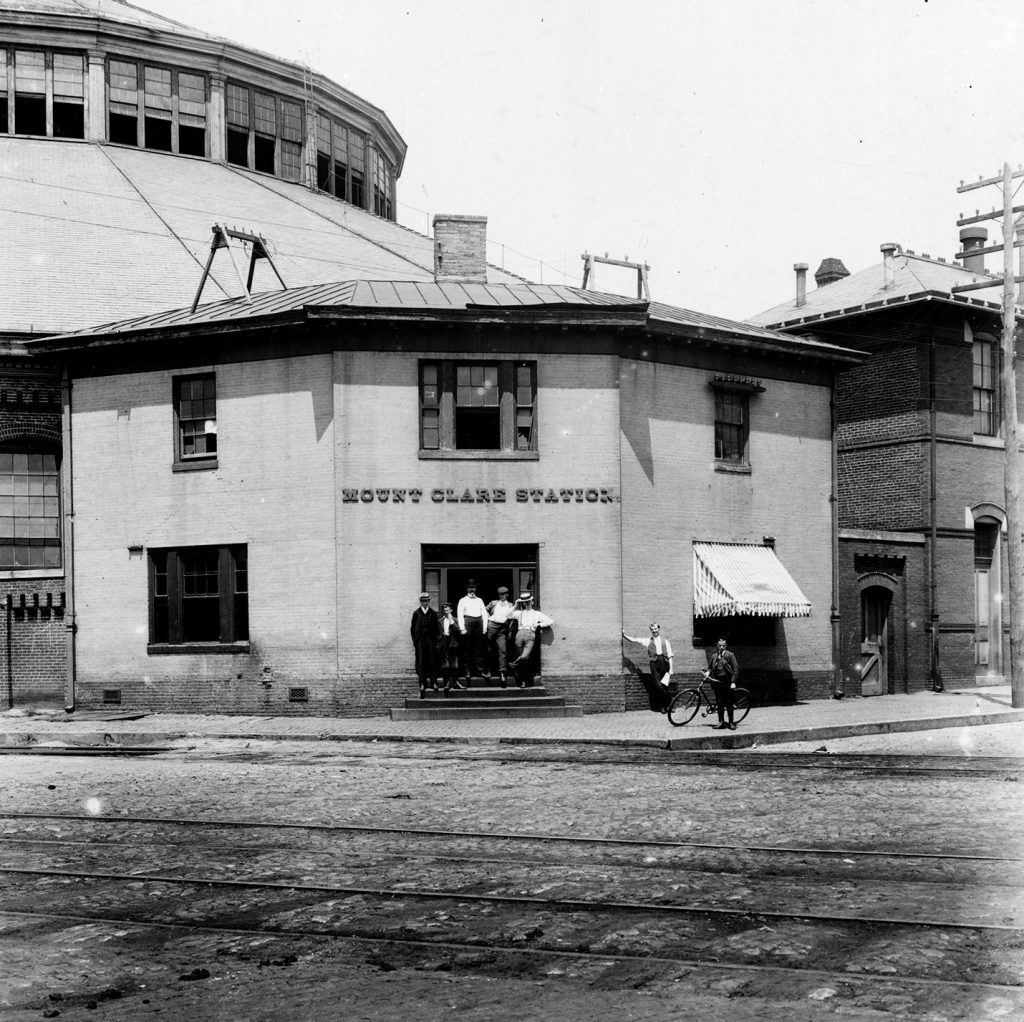
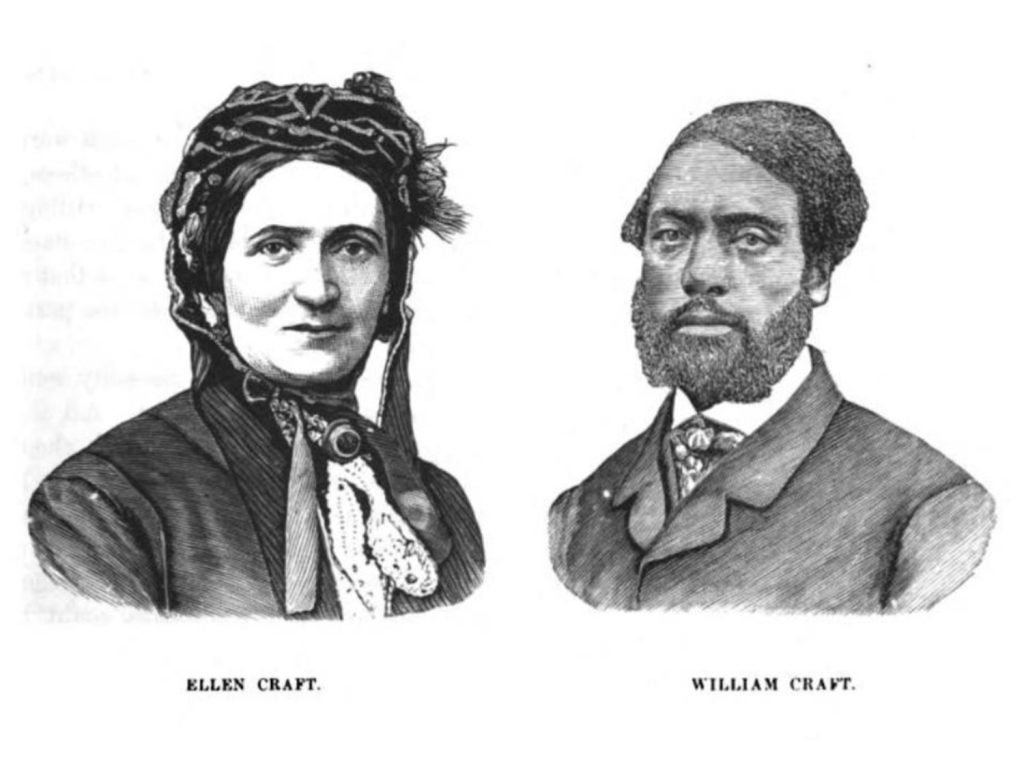
Can't Get Enough?
There’s even more to explore. Check out this and other unique pieces from our collection.
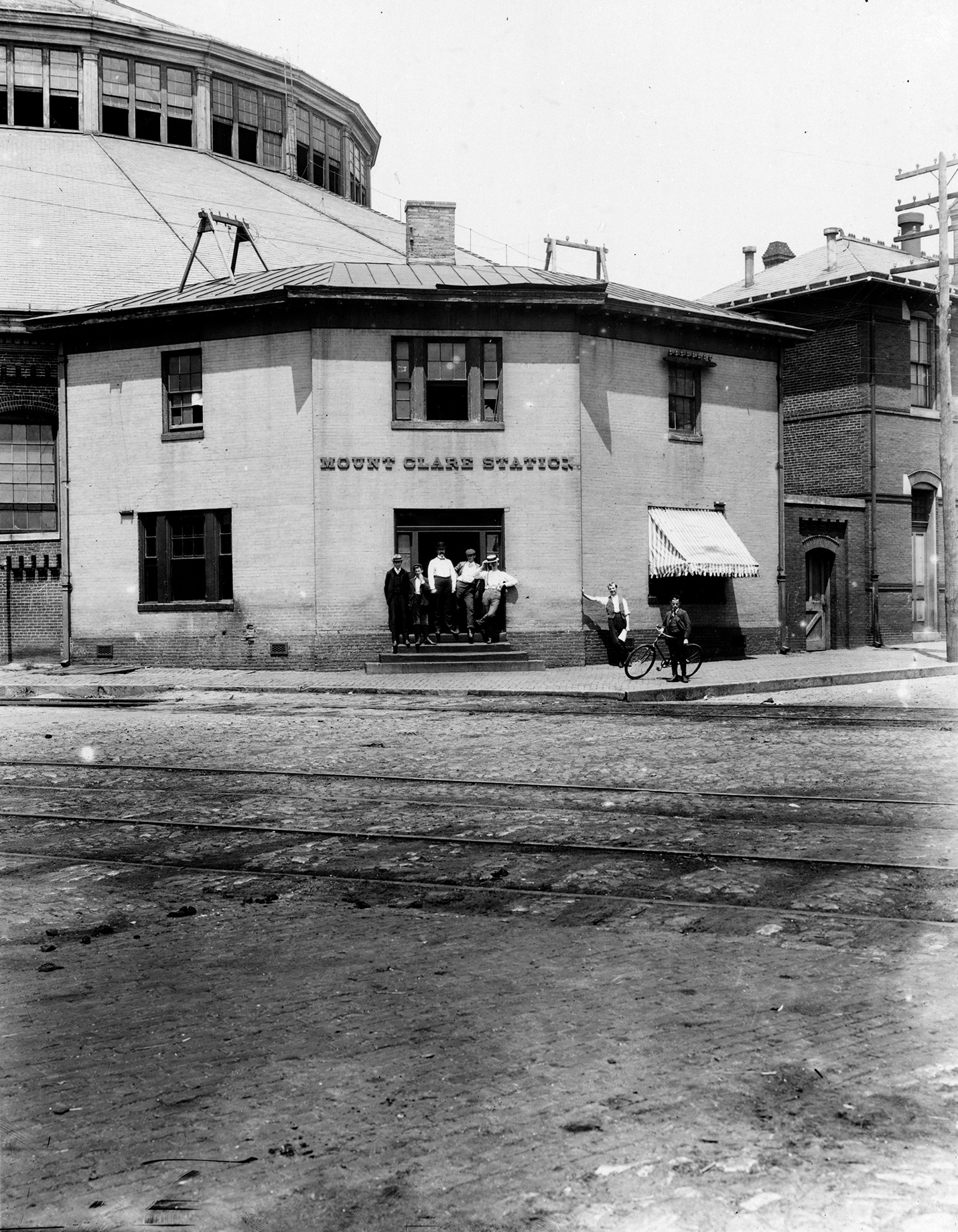
Did You Know?
The first passenger train ticket in the United States was sold on our historic site in 1830.
